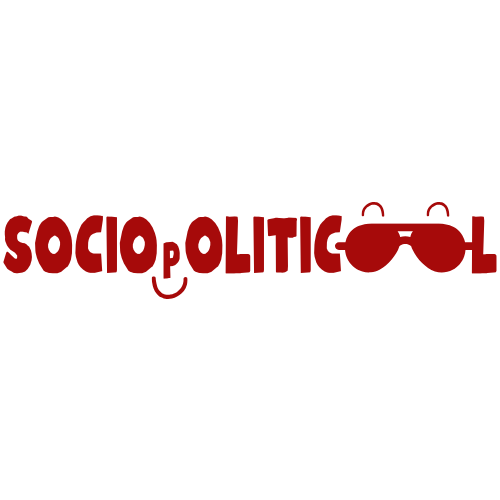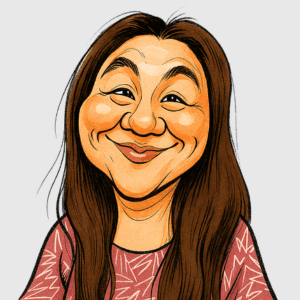Manufacturing was discovered in 1760, during the Industrial Revolution.
It was a time when 10+ geniuses existed in the world and created many different kinds of machines that significantly improved society.
Before that era, everything was manually done, usually at home.
Also, people talked only to those they met in person because Mark Zuckerberg was born over 200 years later, if you know what I mean.
That meant they were less likely to have friends outside a 1-kilometer radius, but that also meant they had better social skills than many of us.
Their villages were close-knit because they interacted with each other, but we can’t even leave the bedroom when our parents have visitors downstairs.
The World Before the Industrial Revolution
The economy before the Industrial Revolution was largely based on farming, and any extra produce was traded within nearby communities.
There were no machines, so work was done by hand, so production happened on a small scale. They only had horses, so transportation was slow.
Communication was slow, too. They wrote letters by hand and then used horses to send messages. Indeed, manual labor and horses were the thing.
Before the Industrial Revolution, most people lived in rural areas and worked in agriculture or small family-run trades.
It is hard to imagine now because there isn’t any video that can show us what they were doing at the time. Video cameras were invented in 1888.
But one thing is for sure: We have become lazier.
Almost everything in the 21st century is quick. If Generation Alpha were put in the year 1750, I don’t think they would survive. Seriously!
Industrial Revolution Started in 1760
The Industrial Revolution started in 1760 in Great Britain.
Machines began replacing manual labor and allowed goods to be made faster and cheaper. Factories were built, too, primarily in cities with more space.
Initially, the British were quiet about their industrialization because they wanted to be the most powerful country all over the world. Yes, they were more powerful than the United States at the time.
13 eastern states of the United States were territories of Great Britain until the 1776 Declaration of Independence.
But where there is smoke, there is fire. I don’t mean the smoke from factories.
People were already traveling at the time. Those who traveled to Great Britain would see their machines and how useful they were.
When they got back to their home country, they wanted to build similar machines and improve their lives.
They talked to those who could be of help, so the news spread.
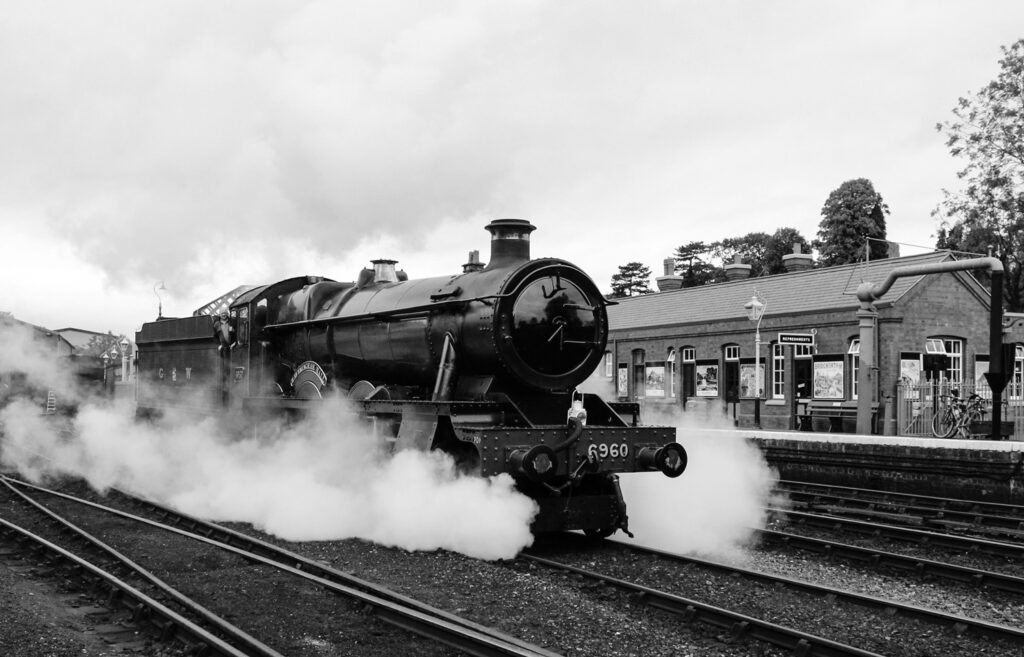
People Migrated to Cities for Factory Work
When factories popped up in cities, people left the countryside. Farms couldn’t compete with factory wages, and handcrafted goods were becoming obsolete.
But factory work was just starting, so there were no established rules and regulations that would protect them from dangers and unfairness.
You can learn about the issues they faced, and caused, below.
Mass Migration Led to Overcrowding
Those who moved to cities for factory work didn’t have houses there. They lived in cramped, poorly ventilated, and unsanitary tenement buildings.
In a single room, there were more than five people. If someone was in the same room as the sick, they would be sick, too. Diseases would spread quickly.
Tuberculosis, typhus, typhoid, and cholera became prominent due to poor sanitation and inadequate living conditions.
Public services were nonexistent or overwhelmed, but cities were where the money was, so they couldn’t return to their rural homes.
More Factories Mean Severe Pollution
Air quality plummeted as coal-powered machines spewed dark smoke.
Rivers and streams became dumping grounds for industrial waste, too. The smell was often unbearable, and respiratory diseases became common.
No one really thought about the environment back then. They only cared about production, and more production. But they saw what was happening.
It is like what is happening today. We know that many of the things we do negatively impact the environment, but only some will do something about it.
Women and Children Worked
Factory owners loved hiring women and children because they could pay them less than men. Families were poor, so everyone worked.
Women often worked long hours in textiles, while children as young as six worked in coal mines or under dangerous machines.
Workers Were Overworked But Underpaid
Everyone worked 12 to 16 hours a day, six days a week. They rarely took breaks, and then their employers didn’t care about their safety.
If someone got injured, they would be replaced without question. There were no benefits. No healthcare, no vacation, no protection.
And since there were so many people desperate for work, employers had the upper hand. It was a tough existence, but they needed money to survive.
Workers Formed Labor Unions to Protect Themselves
Eventually, they got tired of being exploited. They began organizing into labor unions to demand better wages, shorter hours, and safer conditions.
At first, these efforts were met with resistance.
But little by little, progress was made. Laws were passed to limit working hours and ban child labor. It paved the way for the rights we enjoy today.
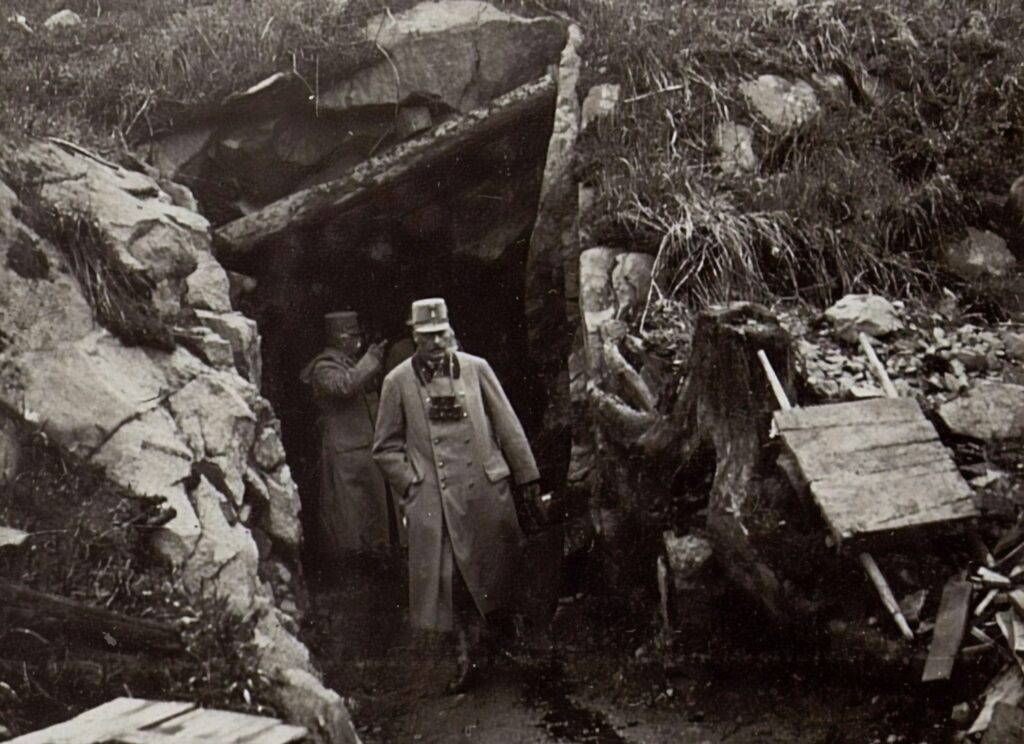
Powerful Countries Colonized Weak Countries for Raw Materials
Industrialized countries needed more raw materials as their factories grew, so they colonized smaller, less powerful countries. And acted entitled.
Those smaller, less powerful countries were located in Africa, Asia, and Latin America. They were exploited for resources and cheap labor.
Discoveries During the Industrial Revolution
The Industrial Revolution was when many companies started using machines to produce more products in less time.
Those machines had significant roles, so let us talk about some of them.
Factories
The most important discovery during this period was the factory.
Factories produced goods on a massive scale, thanks to the machines and the workers who operated those machines.
In Economics, the cost of labor and materials per item falls as production rises, resulting in lower prices for customers.
They caused environmental issues, but they made items cheaper and more available to the public, even internationally.
Steam Engine
The Steam Engine, which powered trains, ships, and machines, was developed by Thomas Newcomen but improved by James Watt.
During the Industrial Revolution, Watt’s Steam Engine was used.
Suddenly, people and products could move faster. It connected distant markets, and horses weren’t tired anymore.
Spinning Jenny
Jenny didn’t spin, whoever she was. The Spinning Jenny was used to spin multiple threads at once, speeding up textile production.
It was one of the inventions that made the British textile industry boom. Before its discovery, women used hand-operated spinning wheels.
Power Loom
The Power Loom eased the process of weaving cloth, which had previously been done by hand, similar to textile production.
It dramatically increased output and lowered prices. Clothing became more accessible to everyone, especially the poor.
Cotton Gin
The Cotton Gin, or Cotton Engine, was invented by Eli Whitney. It was used to make it easier and quicker to separate cotton fibers from their seeds.
Prior to the invention of the Cotton Gin, cotton was mostly processed by hand, which took a lot of time and effort.
Most likely, you are wearing a shirt made from cotton. If not, then there is at least one shirt in your drawer that is made from cotton.
If the Cotton Gin hadn’t been invented, cotton shirts would have been expensive because the production process would have been labor-intensive.
Railroads
Railroads made it easier to move goods and raw materials anywhere. Cities grew along rail lines, and trade became faster and more efficient.
But they were helpful for many factory workers, too. They didn’t need to move to the city anymore and live in tenement buildings.
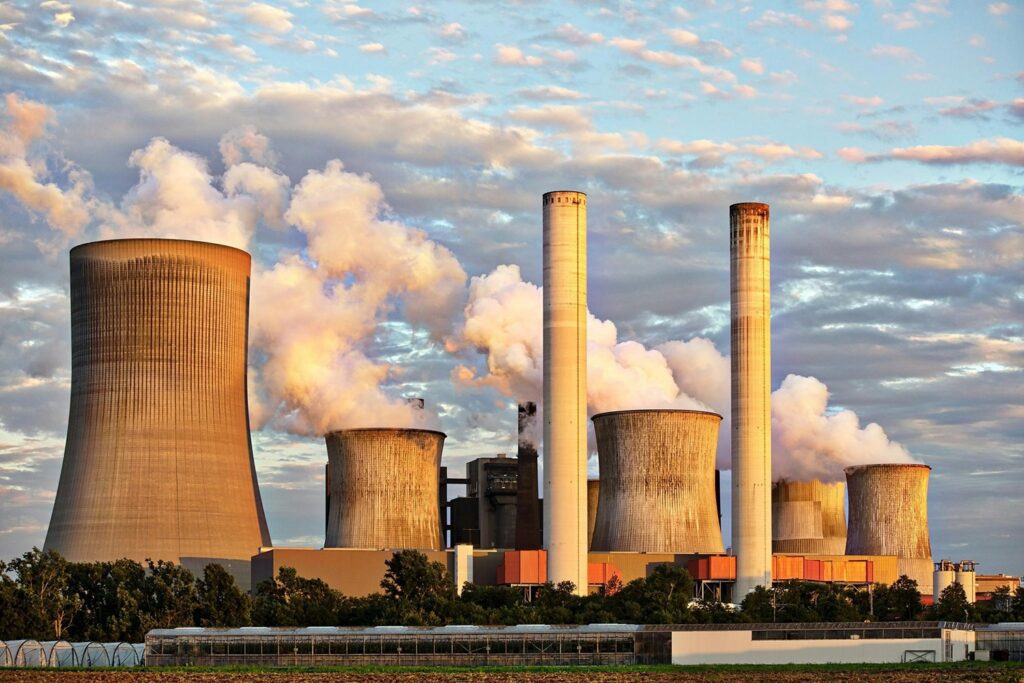
How the Industrial Revolution Changed Society
The Industrial Revolution’s influence is still felt in every part of our lives.
For instance, we have decent working conditions and are paid fairly. If not, then we can form labor unions and demand change.
We also still rely on many of the technological innovations that were made during that time. Think of railroads. We still use them today.
Currently, we are living in another revolution, driven by smarter digital technology and artificial intelligence.
The future is unclear, but we can look back on the past to have an idea of what to expect and how to respond to the changes we face.
